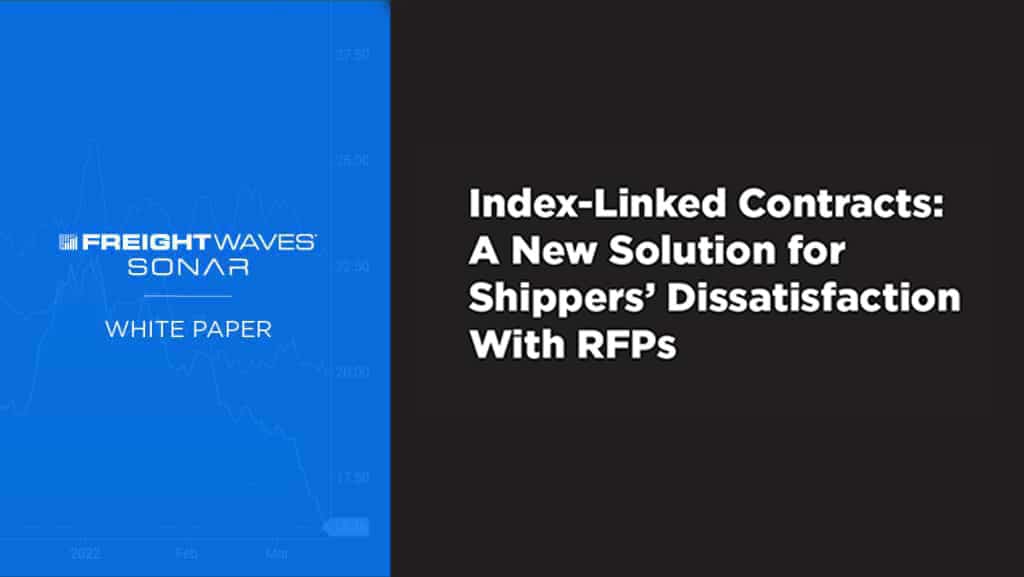During the pandemic years of 2020-21, retailers were subjected to unprecedented volatility in transportation markets. After a spike in e-commerce activity, imports flooded the U.S. and led to persistent, widespread congestion at ports as containers took weeks to clear their terminals. This maritime congestion played havoc with rail networks, which were similarly inundated with shipment volumes and thus unable to supply empty containers for intermodal customers.
With travel restrictions and the grounding of passenger fleets, capacity for air cargo was severely limited at a time when low inventories and an eagerness for rapid restocking spurred shippers’ demand for the mode. Domestic truckload capacity was constrained by a shortage of semiconductors that curbed production of new vehicles, inflated prices of used trucking equipment and a lack of entrants to reinforce the nation’s carrier base.
Needless to say, lead times — or the period between when an order is received and when it is fulfilled, including times for transit and dwell — were grossly distended amid all of this chaos. Shippers placed orders with their overseas suppliers months in advance and still, at every link in their supply chains, ran into unforeseen delays. With more than 100 container ships waiting offshore of the ports of Los Angeles and Long Beach, it was not uncommon for dwell times to last five or six days by the end of 2021.
In 2021, as lead times continued to expand due to unrelenting congestion at the ports, retailers grew more vulnerable to the bullwhip effect. This effect occurs when temporary surges in demand — especially for durable goods such as furniture and consumer appliances, which are bulky and therefore devour warehousing capacity if not moved quickly — have a disproportionate effect on production forecasts of upstream suppliers. Much like the crack of a bullwhip, the damage caused by this effect is amplified by the length of one’s supply chain.
One year later, new trucking capacity had flooded the market to meet this tsunami of freight. But retailers were dealing with the aftermath of their runaway spending on orders, struggling to move high levels of inventory amid declining consumer demand. This imbalance between newly added capacity and shippers’ waning demand first became apparent in March 2022, when truckload spot rates began a precipitous decline as carriers forfeited their pricing power at an alarming rate. Ocean markets fell victim soon after: At the end of May, U.S. import demand unseasonably fell 30% over two weeks. Absent shippers’ urgency to restock, air cargo traffic suffered as capacity ballooned during the summer. Intermodal volumes, which should have benefited from this lack of urgency, were inhibited as shippers avoided the rails due to deteriorating service levels and fears of an industrywide strike.
In this paper, we will survey recent trends in lead times across ocean, air, rail and truckload modes of transportation. In our careful study of the various causes behind these trends, we will touch on consumer demand, geopolitical obstacles and mode-specific labor insecurities. We will then conclude each section by forecasting how these past trends will evolve or else become insignificant. Finally, we will address concerns about supply chain resilience against the backdrop of balancing transportation cost and service.








